Failing with this succulent - help needed please!
sadplantsblog
6 years ago
Featured Answer
Sort by:Oldest
Comments (38)
sadplantsblog
6 years agoRelated Discussions
Need Help with ID'ing a Succulent PLEASE!! =)
Comments (2)It could be x Gasteraloe "Flow"...See Moreneed help for my succulents PLEASE
Comments (1)My crassula Buddha's temple is turning yellow! I received the plant on 20th March 2016. It was planted in a planter without watering. I ve just stared watering the plant on Sunday 28th 2016 Will it gonna die ? T^T Are there any way to help the plant? Thanks...See MorePlease Help!! I Need advice & ID on this succulent
Comments (13)It appears to be an Echeveria, but I'm not sure what kind. It is very etiolated (stretched) from trying to reach light in Walmart. As you already know, it has suffered from soggy soil. That's what caused most of the leaf drop. It likely lost much of the healthy root ball to rot also. It looks like it was there a long time, but you have rescued it, and I think you can get it back on its feet. Here's what if suggest: Pot size & type: 3"-4" plastic pot. Maybe the pot it came in. It'll be small enough, and it'll have drain holes. A larger pot will contain too much soil, and too much soil means it'll stay wet too long, and desert plants don't handle wet soil well. Planting medium: If you're going to add your own perlite, Cactus and Succulent mix isn't neccessary. It's usually the same as regular potting soil with a little extra perlite in it- not enough to matter. Mix it with an equal amount of perlite, which you can find right next to it on the shelf at Home Depot. Water: Water only when the top 1/3 to 1/2 of the soil is dry. You have to stick your finger in it every time because it won't always dry at the same rate depending on humidity, sunshine, sir movement, and whether it's actively growing or it's dormant. Sun: It desperately needs sun, but it's been shaded so long that it can burn if it's out too long. Start with about an hour or two of direct sun daily, and over the next few weeks increase it by an hour or two weekly. In the meantime, get it into a window with as much bright, indirect light as possible. Don't worry about the windowsill being cold just yet. Desert plants handle cold better than tropical plants. When the glass gets very cold, the leaves that touch it will get dead spots, so be careful. If you can set it outside, it'll be okay until the first frost. Temperature: Sunshine and correct moisture are much more important to Echeveria than temperature. Newbies often think desert plants must be warm all the time, but they don't. Deserts are dry and sunny, and often quite cold. Fertilizer: Never (soil usually has enough in it already for succulents), or twice a year with 1/4 strength, but if you repot it often enough (to keep the pot barely big enough for it) it'll get what it needs from the new soil each time. Right now- it will need some water. Be conservative since you have a poor mix and no drain hole, but you must water it. If you don't, the existing roots will die back and it'll have no way to absorb water when you do water it, and then it will rot. I'd recommend a spray bottle set to "stream" and squirt some streams of water right down into the mix near the roots. Hopefully that mix isn't too hydrophobic to absorb and disperse the little water you give it. This plant will do most of its growing in the fall and spring. It'll be dormant in tje hottest part of the summer and coldest part of the winter. It'll need more water when it's growing, and it will be less tolerant of too much water when it's dormant. If it isn't growing, don't be fooled into thinking water is the key....See MoreSucculent ID needed, please & help.
Comments (3)Thank you, both! After researching the ID, it seems is will "droop" as it grows. It is not in full sun all day, it does get shade. Our weather has been crazy here; cool/cold nights, warm/hot days. It seems I am watering it once a week now. Thanks so much!...See Morekwie2011
6 years agolast modified: 6 years agolmontestella
6 years agokwie2011
6 years agoLauren (Zone 9a)
6 years agoKaren S. (7b, NYC)
6 years agorina_Ontario,Canada 5a
6 years agolast modified: 6 years agokwie2011
6 years agorina_Ontario,Canada 5a
6 years agoLauren (Zone 9a)
6 years agolast modified: 6 years agolmontestella
6 years agolast modified: 6 years agorina_Ontario,Canada 5a
6 years agosadplantsblog
6 years agoKaren S. (7b, NYC)
6 years agokwie2011
6 years agosadplantsblog
6 years agolmontestella
6 years agokwie2011
6 years agosadplantsblog
6 years agolast modified: 6 years agokwie2011
6 years agoLauren (Zone 9a)
6 years agolast modified: 6 years agorina_Ontario,Canada 5a
6 years agolast modified: 6 years agoLauren (Zone 9a)
6 years agosadplantsblog
6 years agokwie2011
6 years agosadplantsblog
6 years agorina_Ontario,Canada 5a
6 years agolast modified: 6 years agokwie2011
6 years agosadplantsblog
6 years agokwie2011
6 years agolmontestella
6 years agosadplantsblog
6 years agorina_Ontario,Canada 5a
6 years agolast modified: 6 years agosadplantsblog
6 years agorina_Ontario,Canada 5a
6 years agolast modified: 6 years agokwie2011
6 years agorina_Ontario,Canada 5a
6 years agolast modified: 6 years ago
Related Stories

LIFEDecluttering — How to Get the Help You Need
Don't worry if you can't shed stuff and organize alone; help is at your disposal
Full Story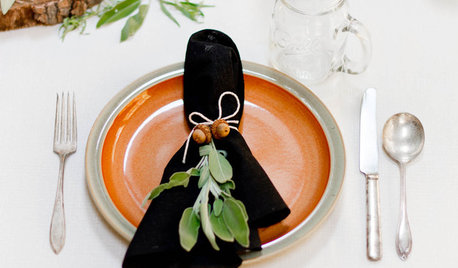

HOME OFFICESQuiet, Please! How to Cut Noise Pollution at Home
Leaf blowers, trucks or noisy neighbors driving you berserk? These sound-reduction strategies can help you hush things up
Full Story
STORAGEDownsizing Help: Shelve Your Storage Woes
Look to built-in, freestanding and hanging shelves for all the display and storage space you need in your smaller home
Full Story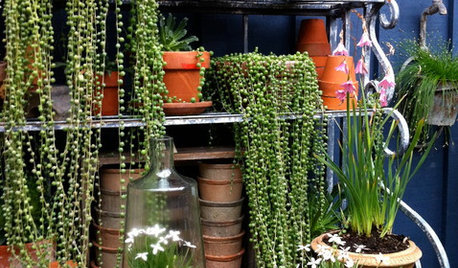
HOUSEPLANTSCascading Succulents Bring Fun Shapes to Your Indoor Garden
For eye-catching spillers with delicate beauty and minimal needs, it's hard to beat these 2 trailing houseplants
Full Story
SUMMER GARDENINGHouzz Call: Please Show Us Your Summer Garden!
Share pictures of your home and yard this summer — we’d love to feature them in an upcoming story
Full Story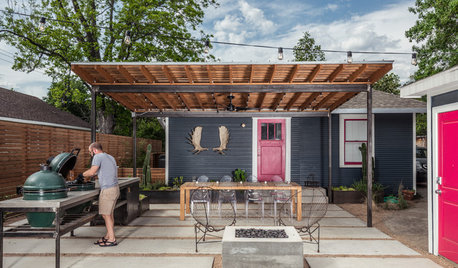
OUTDOOR KITCHENSHouzz Call: Please Show Us Your Grill Setup
Gas or charcoal? Front and center or out of the way? We want to see how you barbecue at home
Full Story
SELLING YOUR HOUSEThe Real Scents That Will Help Sell Your House
Ditch the potpourri and baked cookies. Follow these guidelines on scents to use and avoid to help sell your home
Full Story
GARDENING AND LANDSCAPINGBe a Citizen Scientist to Help Wildlife, Learn and Have Fun Too
Track butterflies, study birds, capture stars ... when you aid monitoring efforts, you’re lending Mother Nature a hand
Full StorySponsored
Zanesville's Most Skilled & Knowledgeable Home Improvement Specialists



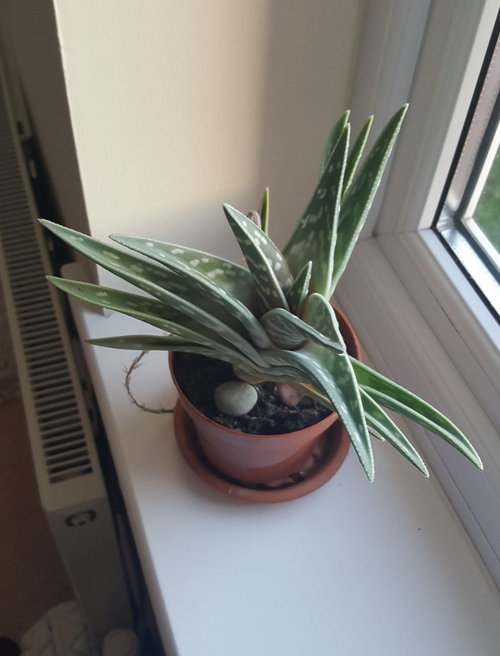
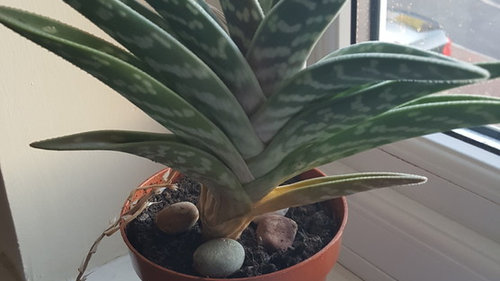

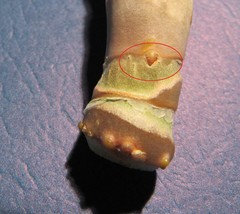
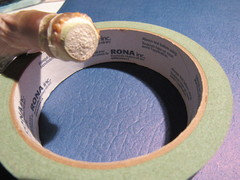
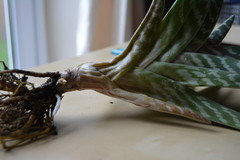
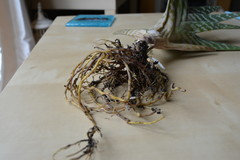
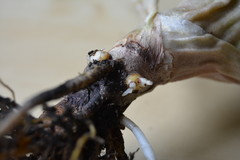

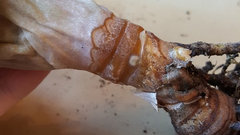
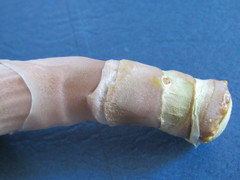

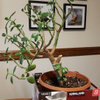
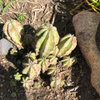
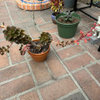
mesembs